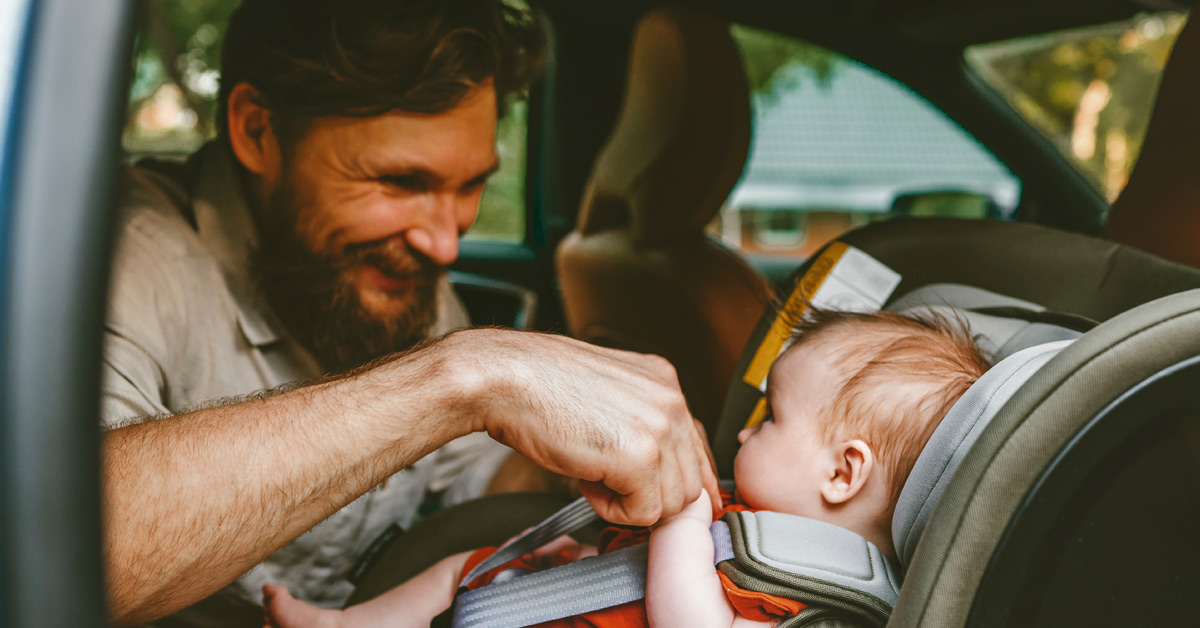One of your top priorities as a parent is keeping your child safe. One of the best ways to protect your child is to ensure they are properly secured in a car seat when traveling. Car accidents are one of the leading causes of injury and death among children, and many of these tragedies could be prevented with the proper use of a car seat. Yet, many parents don’t know enough about car seat safety and keeping their children safe on the road.
Why Is a Car Seat Important?
Car seats are essential to keeping your child safe while traveling in a vehicle. They are designed to protect children from serious injury or death in the event of a car accident. When properly used and selected based on the height and weight of the child instead of age, they can greatly reduce injuries and deaths.
Types of Car Seats
Several types of car seats are available, and the type you need depends on your child’s age, weight, and height. Here are the four basic types of car seats.
1. Rear-facing car seats
These are designed for infants and young children and are installed facing the back of the vehicle. They are the safest type of car seat and should be used as long as possible or until the child has reached the upper limit of height and weight listed by the manufacturer.
2. Forward-facing car seats
These are for older children who have outgrown their rear-facing car seats. They are installed facing the front of the vehicle. Each car seat manufacturer has different weight and height limits, so your child must stay in the car seat until they outgrow the recommended weight and height for optimum safety.
3. Booster seats
These are designed for children who have outgrown their forward-facing car seats but still need to be taller to just use a seat belt. Booster seats elevate the child so that the seat belt fits properly.
4. Seat belts
Once your child is tall enough to use a seat belt alone, they should always be properly secured with a seat belt. Your child is tall enough to use a seat belt when the seat belt lies along the upper thighs and the shoulder belt crosses along the chest and shoulder. If the belt is across the stomach or crosses the face and neck, your child is not tall enough to be in a seat belt and needs to continue using a booster seat.
Car Seat Installation
Proper car seat installation is crucial to ensuring its effectiveness in protecting your child. Always follow the manufacturer’s instructions when installing your car seat, and ensure it is secured tightly to the vehicle.
To test for proper installation, you should be able to shake the car seat and it should not move more than an inch in any direction. If you are unsure whether your car seat is properly installed, have it checked by a certified car seat technician. Many pediatrician’s offices, fire departments, sheriff’s departments, and hospitals have a certified car seat technician available to help.
Car Seat Safety Tips
In addition to proper installation, there are several other things you can do to ensure your child’s safety in a car seat:
- Always use the car seat as directed by the manufacturer.
- Make sure the car seat fits your child properly. The straps should be snug and the chest clip should be positioned at armpit level.
- Never place a car seat in the front seat of a vehicle with an active airbag. The back seat is the safest place for a car seat.
- Keep your child rear-facing for as long as possible until they reach the maximum weight or height allowed by the car seat manufacturer.
- Don’t dress your child in bulky clothing or place blankets between your child and the car seat straps, as this can interfere with the car seat’s effectiveness.
- Never leave your child unattended in a car seat.
- Replace your car seat after an accident, even if it appears undamaged.
- Register your car seat with the manufacturer so you can be notified of any recalls.
Protect Your Child With the Right Car Seat for Them
Car seat safety is not something to be taken lightly. By following these tips and ensuring that your child is properly secured in a car seat, you can greatly reduce their risk of injury or death in the event of a car accident. If you have any questions or concerns about car seat safety, talk to your pediatrician or a certified car seat technician.

